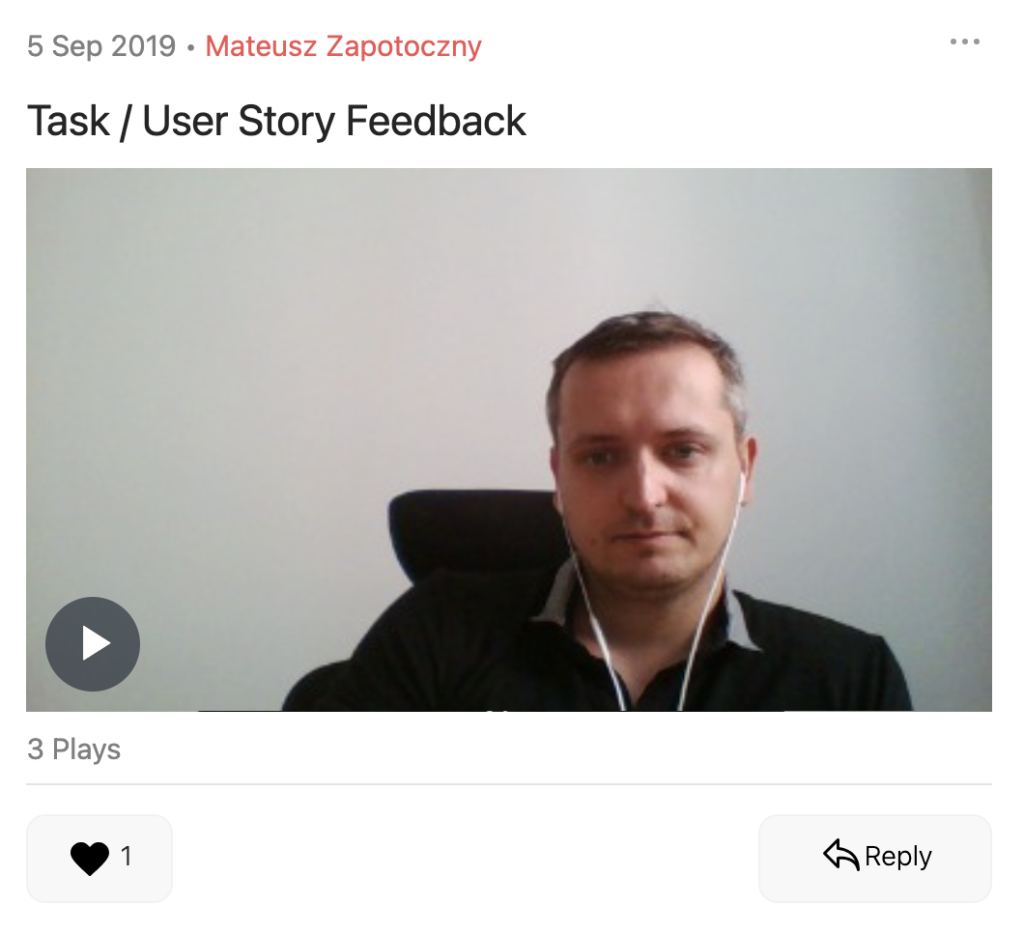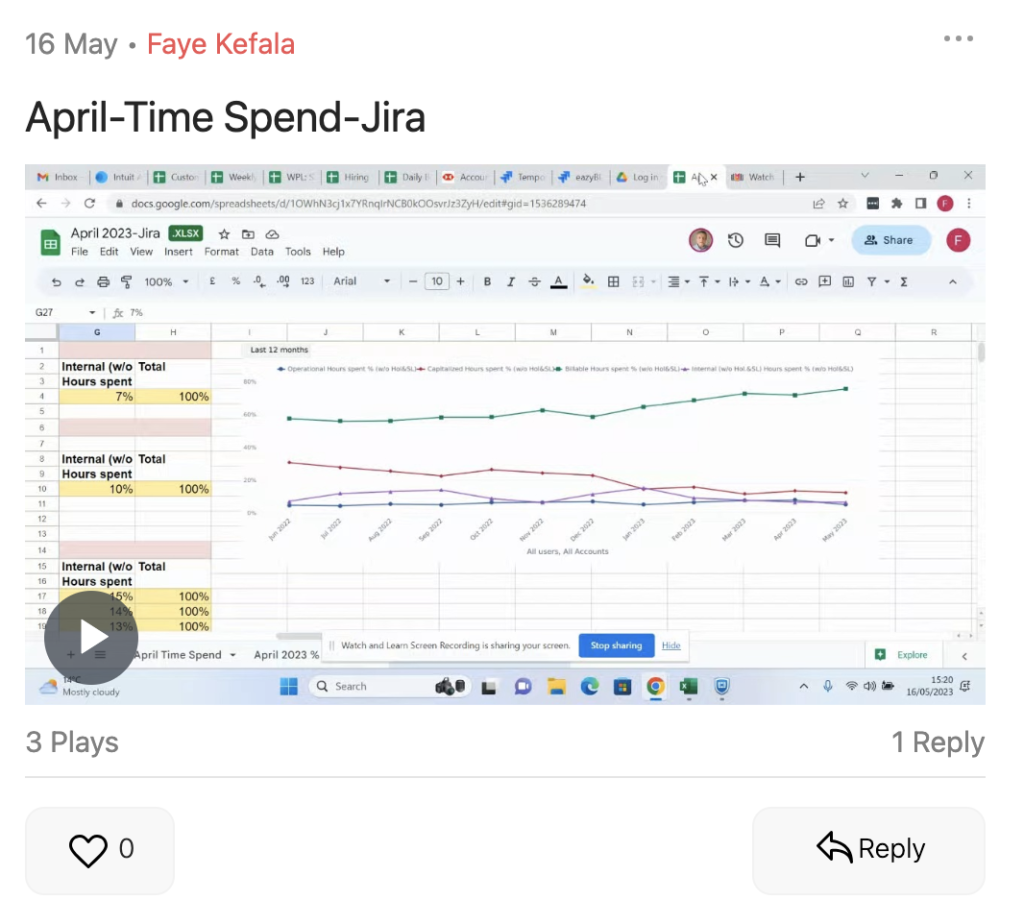
Sprint planning meetings play a crucial role in Agile development as they set the foundation for a productive and successful sprint. However, there can be challenges with preparation, planning, and follow-up in these meetings. One common problem is inadequate pre-meeting preparation. Team members may fail to fully understand user stories or tasks, leading to delays, misunderstandings, and unproductive discussions during the meeting. Additionally, there can be difficulties in estimating effort accurately, resulting in unrealistic commitments or inaccurate sprint planning. Another challenge lies in the follow-up after the meeting. Without clear documentation or action items, team members may struggle to track progress, align their work, and ensure that sprint goals are met. Effective communication and thorough documentation are essential to address these problems and ensure that sprint planning meetings result in well-prepared teams, realistic plans, and successful sprints.
Pre-Meeting Preparation
Before the Sprint Planning Meeting, team members can create short async videos to introduce potential user stories or tasks they believe should be included in the upcoming sprint. These videos can provide an overview of the requirements, context, and any relevant information. By sharing these videos asynchronously, team members have more time to prepare and digest the content, leading to more focused discussions during the actual meeting.
User Story Explanation

Instead of spending valuable meeting time explaining each user story, team members can create async videos to provide detailed explanations of user stories or tasks they are proposing. These videos can cover the acceptance criteria, dependencies, and any clarifications. By sharing these videos beforehand, other team members can watch them at their convenience, come prepared with questions or suggestions, and engage in more meaningful discussions during the meeting.
Estimation Discussions
Estimating the effort required for user stories is a crucial part of Sprint Planning. Team members can create async videos to explain their estimation rationale, factors influencing complexity, and potential risks. By watching these videos asynchronously, other team members can gain insights into different perspectives and provide more informed inputs during the meeting. This can lead to more accurate estimations and a better understanding of the sprint scope.
Sprint Backlog Review
Async videos can be used to review the proposed sprint backlog. Each team member can create a video summarizing the user stories or tasks they will be working on during the sprint. This allows other team members to get a comprehensive overview of the sprint backlog, identify potential dependencies or conflicts, and provide feedback or suggestions asynchronously. The actual meeting can then focus on addressing any concerns, making adjustments, and finalizing the sprint backlog.
Remote Collaboration
If the team is distributed or working remotely, async videos enable effective collaboration across different time zones and locations. Team members can watch and comment on the videos at their convenience, maintaining a collaborative environment even without real-time interactions. This ensures that valuable insights, questions, and suggestions are captured, contributing to a more productive Sprint Planning Meeting.
When to use async videos and when not?
Async videos can be a valuable tool for enhancing sprint planning meetings in Agile development methodologies, but there are certain scenarios where they may not be the most suitable option. Here are guidelines on when to use async videos and when not to use them:

When to use async videos for sprint planning meetings:
- Pre-meeting Preparation: Use async videos to share information, provide context, and introduce potential user stories or tasks before the meeting. This allows team members to come prepared, review the content at their convenience, and engage in more focused discussions during the meeting.
- Detailed Explanations: Utilize async videos when there is a need for detailed explanations of user stories, acceptance criteria, dependencies, or any clarifications. Team members can create videos to provide comprehensive insights, allowing others to watch and analyze the information in advance. This ensures a deeper understanding and more effective discussions during the meeting.
- Distributed or Remote Teams: If the team is geographically dispersed or working remotely, async videos can facilitate collaboration across different time zones and locations. Team members can create videos to share their thoughts, proposals, or concerns asynchronously, enabling everyone to participate and contribute regardless of their physical location.
When not to use async videos for sprint planning meetings:
- Time-Sensitive Discussions: If there are urgent matters or time-sensitive decisions that require immediate feedback and discussion, async videos may not be the best choice. Real-time interactions, such as in-person or virtual meetings, allow for faster communication and prompt resolution of critical issues. Of course, you can host and record live video meetings on Watch and Learn and share these recordings with people who can not attend.
- Complex Group Discussions: If the topic at hand necessitates complex group discussions, async videos may not provide the level of interactivity and dynamic exchange required. Real-time meetings allow for instant feedback, brainstorming, and collaborative decision-making that async videos may not fully support.
- Minimal Communication Needs: For straightforward and simple sprint planning meetings, where the information can be easily conveyed through concise written documentation or brief conversations, async videos may not be necessary. Opt for more efficient and concise communication methods to save time and effort.
It’s important to consider the specific context, objectives, and communication needs of the sprint planning meeting when deciding whether to use async videos. Balancing the advantages of asynchronous communication with the requirements of the specific situation will help determine the most appropriate approach.
By incorporating async videos into Sprint Planning Meetings, teams can improve preparation, enhance discussions, and streamline the overall planning process. It allows for more efficient use of meeting time, encourages active participation, and promotes effective collaboration among team members.